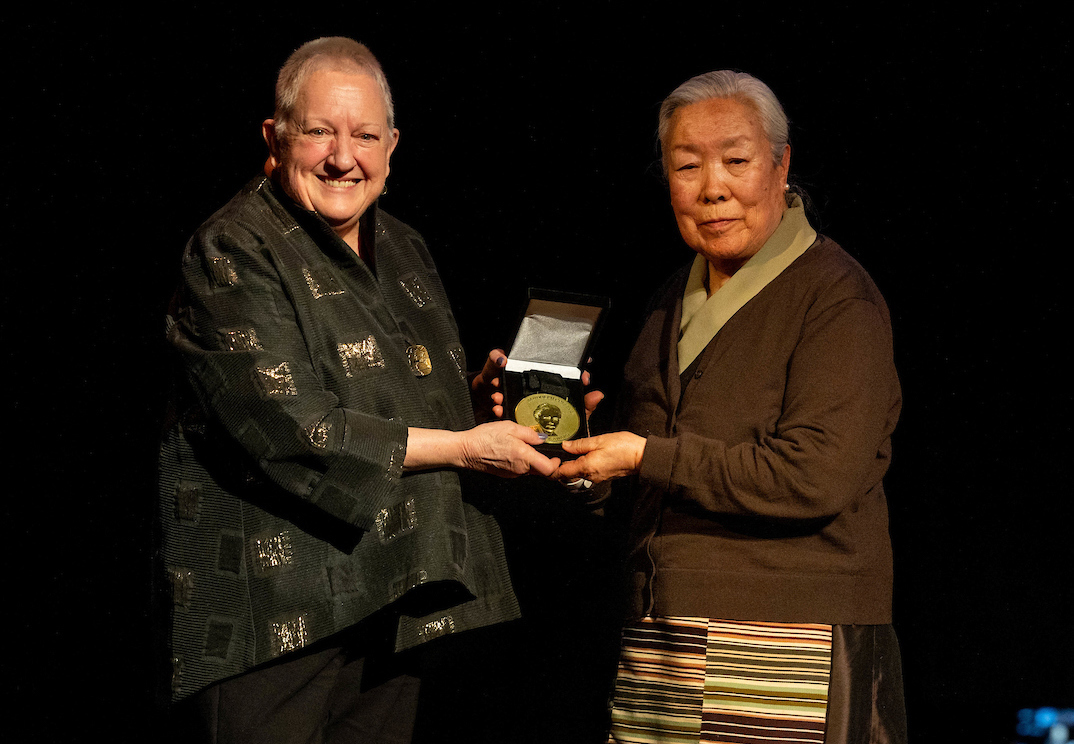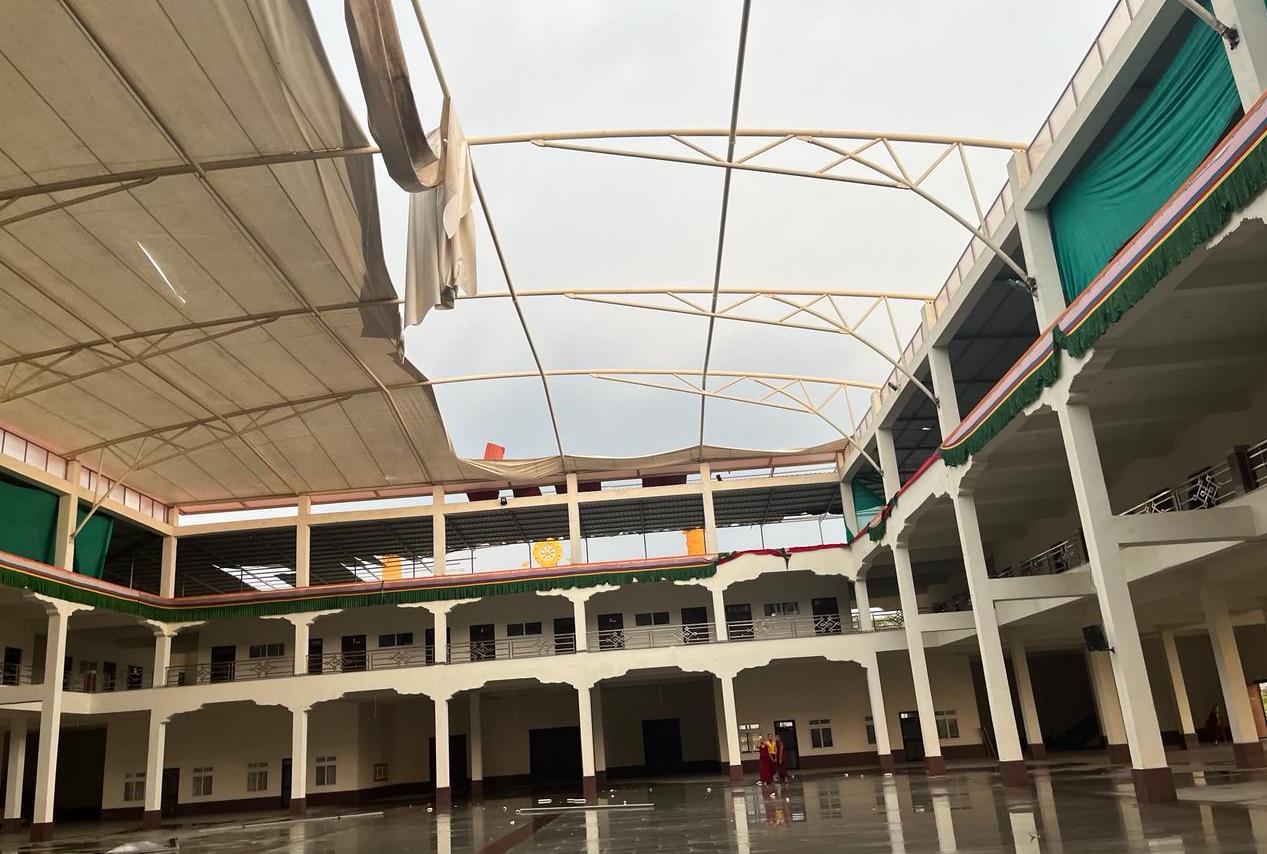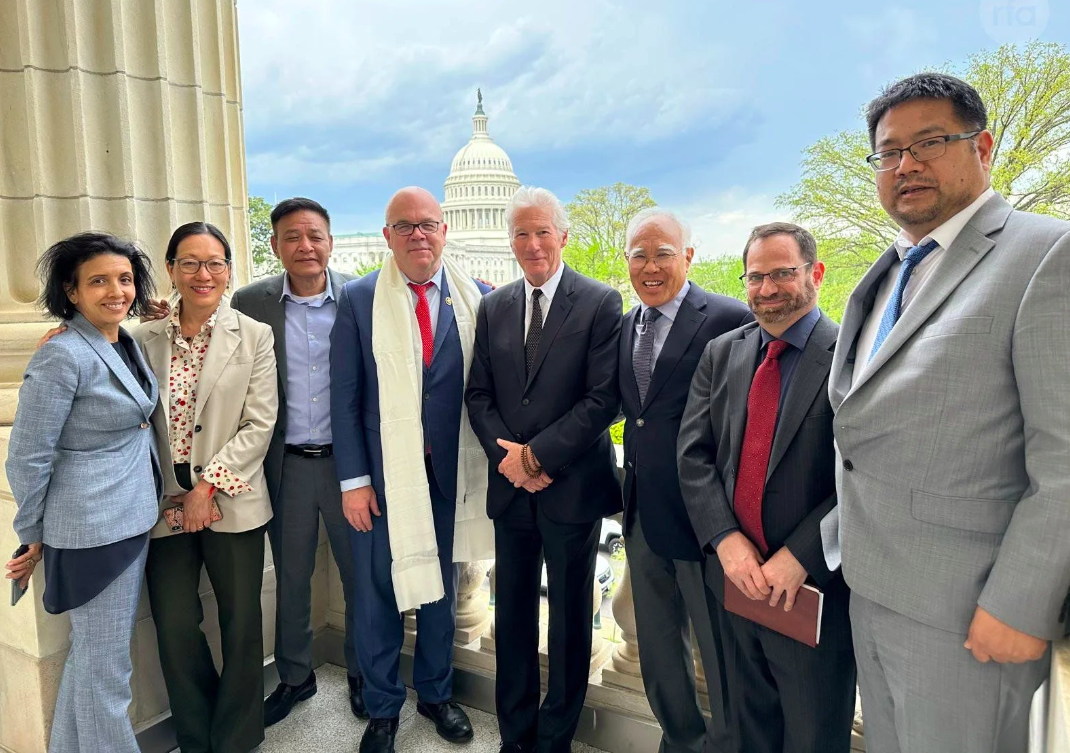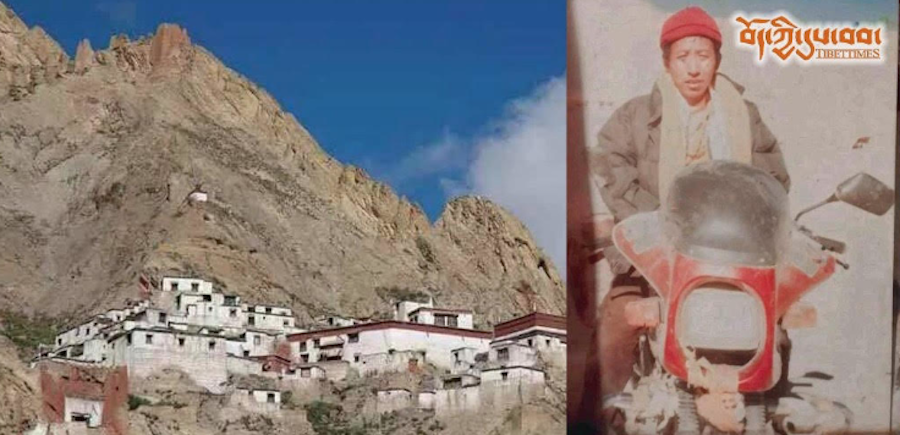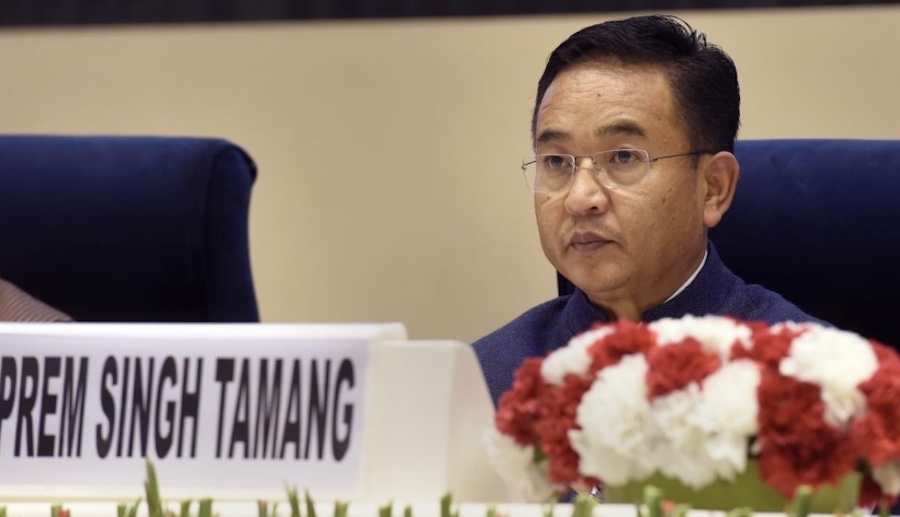By Kate Saunders,
20 May 2003
A new generation of Tibetan leaders, more highly educated and technologically capable than their predecessors, is emerging in the Tibetan government. According to Xinhua, Jampa Phuntsog, one of the Tibetan Deputy Party Secretaries, is to replace Legchog as Chairman of the Tibet Autonomous Region (TAR), a government rather than a Party post. The Tibetan leader Ragdi, who is his sixties, is to be succeeded by Legchog as Chairman of the Standing Committee of the TAR Peopleís Congress, according to the same report (Xinhua, 16 May).
Officials from this group, which can be classified as the third generation of Tibetan leaders since the Chinese Communist Party took control of Tibetan areas, generally speak and write both Tibetan and Chinese in contrast to many of their predecessors, who have been valued for their ideological stance and class background as opposed to their level of education and capability. Both Legchog, who is in his sixties and is a former teacher, and Jampa Phuntsog, who was a research fellow at the Tibet Institute of Social Sciences, can be categorised as third generation leaders.
The two influential Tibetan leaders Ragdi and Pasang are from a second generation of Tibetan leadership they came from a peasant background, did not have a formal university education and rose to power during the Cultural Revolution. The former Chinese Party Secretary Hu Yaobang once drew attention to Ragdiís ignorance of written Tibetan. Tibetans often referred disparagingly to the second generation of Tibetan leaders as ìhortsun chenî, literally meaning ìthose who carried out their task diligentlyî. The under-privileged class background of many of this generation of the leadership enabled the Chinese to claim that the former serfs had been liberated and were involved in the running of Tibet.
Ragdi is now moving on to take up a senior position in Beijing as one of 15 Vice Chairs of the Standing Committee of the National Peopleís Congress (NPC). The NPC Standing Committee, the executive organ of the NPC, is elected by the NPC and exercises state legislative power together with the NPC. Both at regional and national level, the Peopleís Congress acts mainly as an administrative body; genuine policy formation and the exercise of power rest with the Party. Although this new position is an important tribute in recognition of Ragdiís loyalty to the Party, it effectively means he will be sidelined from day to day politics in the TAR. Ragdi, who has been one of the most powerful Tibetan Party members, has said that he has ìmixed feelingsî about his departure from Tibet. The new official information means that reports last week stating that Ragdi would be replaced by Jampa Phuntsog in his position on the Party Congress were not correct.
Ragdi was one of a second generation of leaders who held onto power through decades of political upheaval. He even retained his position as one of the deputy secretaries of the regional Communist Party during the years of relative liberalisation in the early 1980s that followed Hu Yaobangís visit to Tibet in 1980.
The first generation of Tibetan Communist leaders since China took control of Tibet were mainly from the eastern Tibetan areas of Kham and Amdo, where there was a Chinese presence before the TAR. This group consisted of aristocrats and other Tibetans co-opted into official positions, and Tibetans from eastern Tibet who joined the Communist Party in the early days and came to occupy important posts in the TAR. Many of the officials from this group later suffered severe persecution during the Cultural Revolution. Leaders of this generation include Tian Bao, one of the few Tibetans who joined Chinaís Long March, Dorje Tseten, one of the Tibetan Deputy Party Secretaries, and Dorje Tsering, a former governor of the TAR. Both Dorje Tseten and Dorje Tsering were moved on ñ although not demoted – from their posts in Tibet in the early 1990s, following the Partyís change in position on Tibet as a result of the pro-independence demonstrations from 1987-89. The liberal policies that had emerged from Hu Yaobangís visit to Tibet were seen as having directly encouraged the growth of ìseparatistî ideas and therefore the unrest. In the early 1990s, Dorje Tseten, who had on at least one occasion expressed concern about the influx of Chinese migrants that would result from the economic opening up of the TAR, was sent to Beijing as director of the Tibetology Research Centre, while Dorje Tsering was elevated to the post of Minister of Civil Affairs in Beijing. Dorje Tsering has recently lost his ministerial position in Beijing and has taken on a less influential role as Chairman of the Ethnic Affairs Committee of the NPC.
As a governmental position, Jampa Phuntsogís new post as Chairman of the TAR is subordinate to the most senior position in the region, that of Party Secretary. Many Tibetan cadres and leaders remain resentful of the fact that a Tibetan has never held this most senior position in the TAR. The Chinese authorities have stressed in the past the differences between Tibetan and Chinese Party members in terms of factors such as level of education, work experience and ideological knowledge, but this argument is less applicable for the new generation of Tibetan leaders, indicating Beijingís continued lack of trust of Tibetans in leadership positions.
Translation bureau in Lhasa re-opened
In Lhasa recently, Tibetan cadres have noted some minor but significant changes in approach regarding implementation of policy on Tibetan language and religion that may be linked to the increased emphasis on educated and skilled cadres in the region. A government Translation Bureau at the regional and county level to translate Party documents into Tibetan that was closed in the mid-1990s has been re-established recently, and a religious committee dealing with the management of monasteries has also been re-formed.
According to government policy, all official documents must be translated into the language of the recognised minority group. Central policy directives are generally translated into Tibetan by the central bureau of translation in Beijing, which has departments for translations into different ìethnicî languages. But translations into Tibetan of Party documents were also carried out in Lhasa, until the implementation of hardline policies against the Tibetan language, culture and religion presided over by Chen Kuiyuan, Party Secretary in the TAR from 1992 until 2000. Many Tibetan cadres see the recent re-establishment of the Bureau at this level as a significant concession, giving a prominence to Tibetan language usage.
The official religious committee that has now been re-grouped will study and discuss issues such as the management of monasteries, education in monasteries and the quota system applying to monks. Some Tibetan cadres regard it as a positive sign that issues regarding monastery management are being discussed at this level, even though it is not clear how influential the committee will be in implementing policy.
This is one in a series of independent reports by Kate Saunders commissioned by the Australia Tibet Council, Free Tibet Campaign and the International Campaign for Tibet. These reports are also issued on the TSG-Lists, an international posting for Tibet supporters and on World Tibet News.





